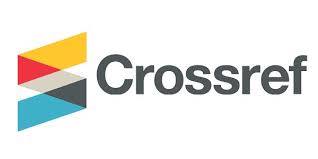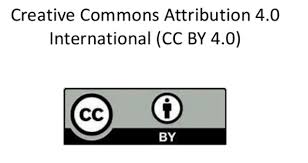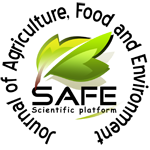Livelihood Improvement of Poor Farmers through Goat Rearing
DOI:
https://doi.org/10.47440/JAFE.2023.4102Keywords:
Goat, goat farmers, management practices and livelihoodAbstract
The present research was carried out to investigate the feeding and management practices of goat as well as income and livelihood improvement of farmers through goat rearing. For this experiment, a total of 45 respondents were randomly selected from three unions (Gazir Bhita, Kaichapur and Narail) of Haluaghat Upazila in Mymensingh district where 15 respondents from each union were randomly chosen. The data were collected through personal interviewing with pre-tested questionnaires. The study revealed that of the farmers were found either primary (46.7%) or below SSC (35.6%) level of education. Majority of them were engaged in agricultural operation (57.8%) and others were involved in service and business. The farmers mainly depend on green grasses (33.3%) and tree leaves (31.1%) to feed their goats. Wheat bran was also given by 35.6% farmers for economic rearing of goats in the experimental areas. The major diseases of goats in the studied areas were found skin disease (73.3%) and PPR (26.7%), respectively. The annual total cost of production per goat was 2154.00 BDT, while gross return and net return from goat rearing per household were 4296.00 BDT and 2142.00 BDT, respectively. Annual food purchasing capacity changes from 50 to 55 percent. The social status of the farmer’s family increases where educational status, employment for men, employment for women, social dignity and social acceptance were increased by 35, 24, 58, 26 and 23% after 12 months through goat rearing in the selected areas. The results clearly indicate that goat rearing in Haluaghat upazila was very much profitable. Considering all these parameters, it is clearly found that the families which reared goat have the most rapid changes in terms of livelihood improvement.






 Publisher:
Publisher: 